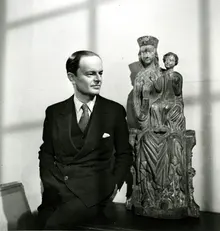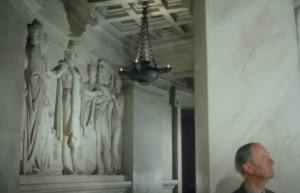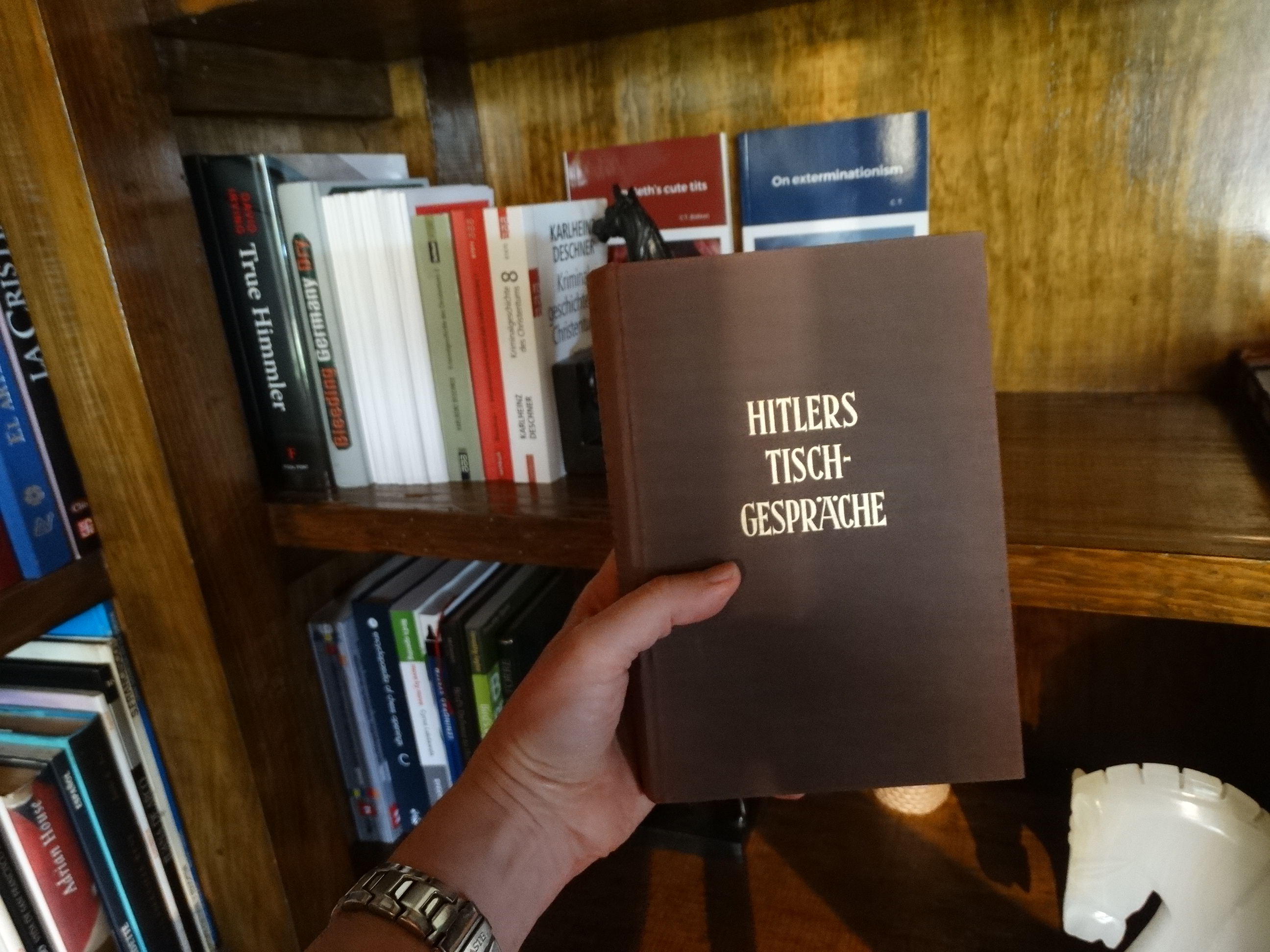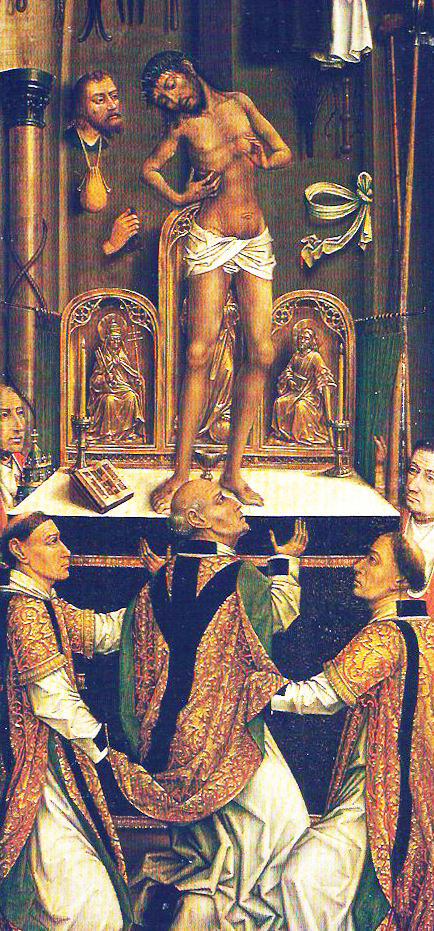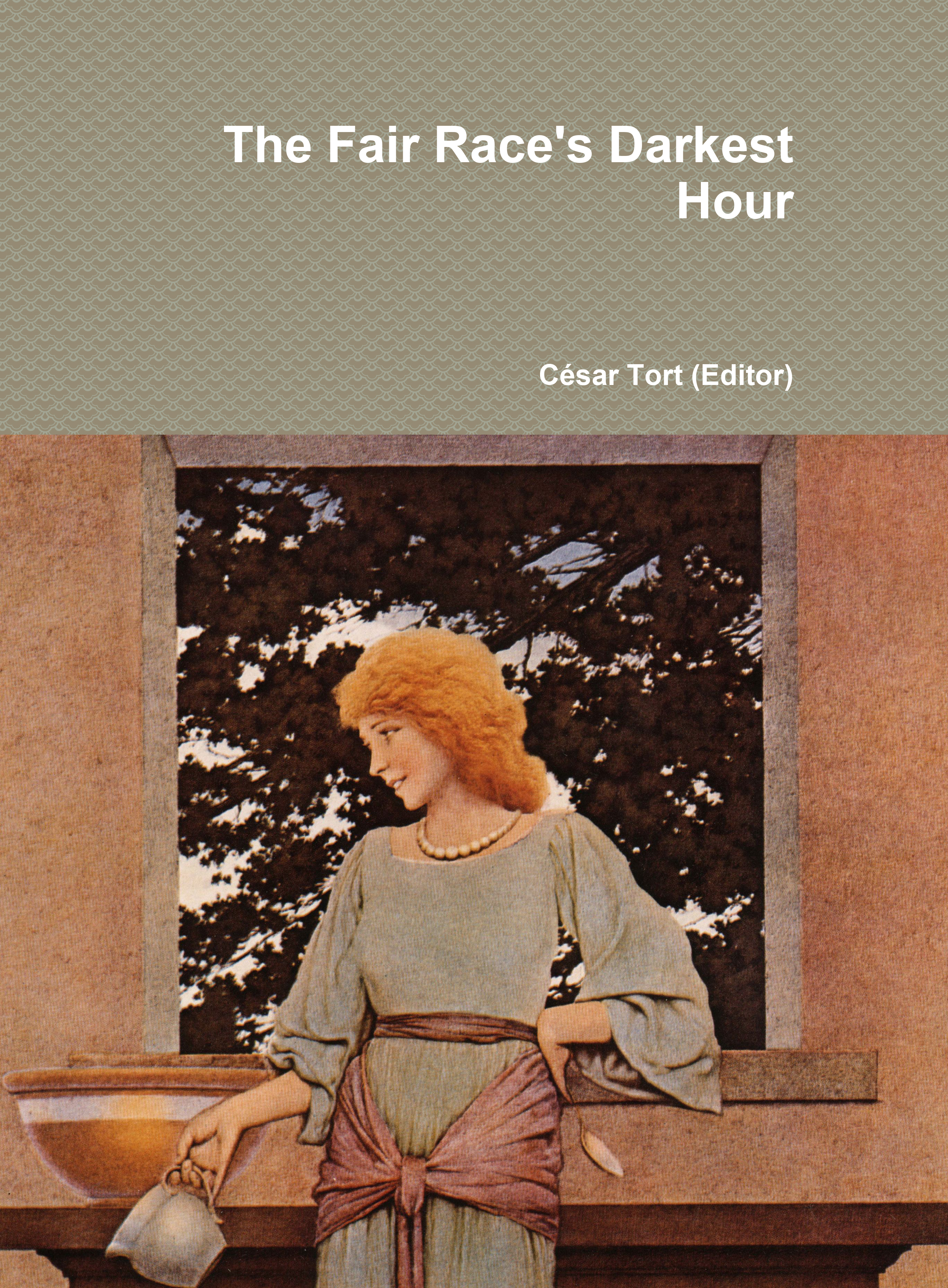It should be noted that nostalgia is almost universal—not nostalgia for the same epoch, no doubt; and not necessarily nostalgia for a historical past, that the individual has learned to admire only by the testimony of other men. Some people would gladly sacrifice three-quarters of their hard-won experience to become young again, beautiful and healthy; full of enthusiasm too, in the ignorance of all that human society has reserved for them. Most of them would like to be able, without artifice, to keep the body and face of their twenties—or eighteen—and the joyous strength of youth, without having to pay for these treasures with the loss of their experience; to be able to retain both the wisdom of age and the freshness, health and strength of youth. But everyone knows that this is impossible—as impossible as actually placing oneself in a given historical epoch.
On the whole, it is doubtful that there would be any advantage in becoming young again at the cost of losing accumulated experience: he would make the same mistakes, commit the same errors, having become again what he had been and he would not enjoy the comparison between the two ages, having lost all consciousness of the state of old age.
It is certain, too, that ‘to return to Thebes in the time of Thutmose III’ would be to become an Egyptian, or even a foreign in Egypt, unable to appreciate the privilege of being there, and probably nostalgic of the time of the great Pharaohs who built the pyramids. What all those who aspire to return to the past really want is to go back without losing their current mentality and the memory of our time, without which no comparison is conceivable and no ‘return to the past’ is, consequently, of any interest. But then their aspiration seems absurd. Is it indeed absurd if, instead of looking at its content, we consider what I will call its meaning?
Apart from the 19th century—the 19th century minus those ‘dissidents’ of genius who are Nietzsche, Richard Wagner and, in France, Leconte de Lisle and perhaps a few others—there are, I believe, few eras as self-inflated as ours regarding their science and especially their technical achievements. There are two areas to which intense propaganda, on a world scale, draws the attention of the masses, to instil in them the pride of the present: that of the ‘conquests of space’ and the progress of medicine and surgery, the latter, perhaps even more than the former. The aim is apparently to make all the citizens of the ‘consumer societies’ proud, as far as possible, of being both ‘sicker and better cared for’, and to make the ‘intellectuals’ of the so-called underdeveloped countries adopt the humanitarian and utilitarian ideal of the consumer societies, as well as their preoccupation with the present and a future oriented in the same direction as the present.
Well, despite this propaganda which, in Europe, starts in primary school, what do we find if we ask fourteen or fifteen-year-old pupils, as the subject of French composition, the question: ‘In what era and where would you like to live, if you had the choice?
Three-quarters of the class declare that they prefer some past era to their own. I know, having made the experiment many times. And the responses would be just as conclusive, if not more so, if one addresses not young people, but to adults.
There is almost always a past that each person, from his viewpoint, considers better than the century in which he lives. Since the viewpoints are different, the periods chosen are not the same for everyone. But they all, or almost all, belong to the past. Despite the amazing achievements of our time in the field of technology (and in that of pure science, it must be said), and despite the enormous publicity given to this progress, there remains everywhere an immense nostalgia for what cannot return and an insurmountable sadness, that tedium does not suffice to explain, hangs over the world. And, what is more, it also seems that as far back as one can think, it has always been so.
______ 卐 ______
Editor’s Note: Italics in the last paragraph are mine. Melencolia is a large 1514 engraving by the German Renaissance artist Albrecht Dürer, about which Kenneth Clark said:
But if Dürer did not try to peer so deeply into the inner life of nature, as Leonardo did, nor feel its appalling independence, he was deeply engaged by the mystery of the human psyche. His obsession with his personality was part of a passionate interest in psychology in general; and this led him to produce one of the great prophetic documents of western man, the engraving he entitled Melancholia I.
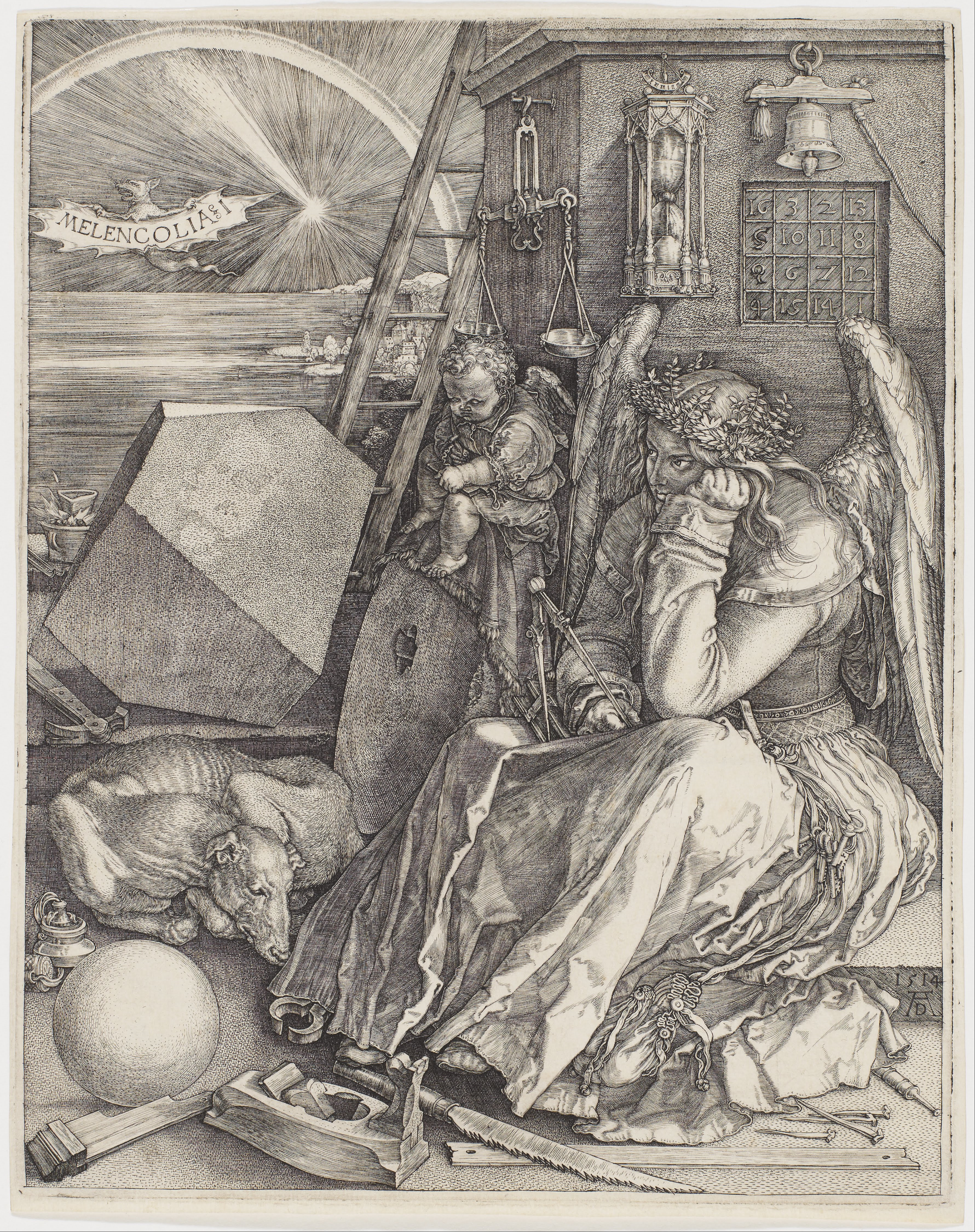
In the Middle Ages melancholia meant a simple combination of sloth, boredom and despondency that must have been common in an illiterate society. But Dürer’s application is far from simple. This figure is humanity at its most evolved, with wings to carry her upwards. She sits in the attitude of Rodin’s Penseur, and still holds in her hands compasses, symbols of measurement by which science will conquer the world. Around her are all the emblems of constructive action: a saw, a plane, pincers, scales, a hammer, a melting pot, and two elements in solid geometry, a polyhedron and sphere. Yet all these aids to construction are discarded and she sits there brooding on the futility of human effort. Her obsessive stare reflects some deep psychic disturbance. The German mind that produced Dürer and the Reformation also produced psychoanalysis. I began by mentioning the enemies of civilisation: well, here, in Dürer’s prophetic vision, is one more way in which it can be destroyed, from within.
As he sailed for America, Freud said ‘We are bringing them the plague, and they don’t even know it’. Regarding technology, in Neanderthal hands it creates melancholy on a massive scale. Never have the masses of whites suffered as many mental disorders as they do in our empty, technological civilisation.
Technology only makes sense when overmen have political power. In the hands of the Germans of the previous century, atomic weapons would have produced a paradise for whites. But in our darkest hour Sauron found his ring—tec at the service of money—and the Shire’s fate is sealed. What white nationalists fail to understand, and I mean the dudes who run the main racialist forums, is that they didn’t choose Hitler but hell, as Savitri noted. She continues:
______ 卐 ______
As I said before, the Egyptian of the time of Thutmose III, that is to say, of the time when his country was at the height of glory, probably regretted the time when the Great Pyramids were built, and the time when the gods themselves governed the Nile Valley. All the ancient peoples, among whom Tradition was still alive—Germans, Celts, Hellenes, Latins, Chinese, Japanese, Amerindians—have longed for the reign of the Gods, in other words, for the dawn of the temporal cycle near the end of which we live today. And the younger peoples, even if they have forgotten the teachings of the sages and no longer believe in anything besides the power of human science, a source of indefinitely increased progress, cannot avoid the consciousness of a lack, impossible to explain, a lack that no material well-being, nor any improvement in the techniques of pleasure, can fill.
From time to time—and increasingly rare, moreover, as the world succumbs to the grip of consumer ‘civilisations’—a wise man (such as René Guénon or Julius Evola) denounce in his writings the true nature of universal dissatisfaction, or a poet (such as Leconte de Lisle, a few decades earlier), who reminds us of it by putting into the mouth of a character words with magical resonances that seem to come from the depths of the ages:
Silence! I see again the innocence of the world,
I will sing again with the harmonious winds
The forest spreads out under the glory of the skies;
The force and the beauty of the fertile earth
In a sublime dream live in my eyes.
The quiet evening unites, with the sighs of the doves,
In the golden mist which bathes the thickets,
The soft roars of friendly lions;
The Terrestrial Garden smiles, free of tombs,
With angels sleeping in the shade of palms.
and further on, in the same poem: [1]
Eden, O the dearest and most sweet of dreams,
You towards whom I heaved useless sobs…
It is the evocation of the inconceivable Golden Age of all the ancient traditions—and of those that derive from it—the remainder of the time when the visible order reflected the eternal order, without distortion or error, in the manner of a perfect mirror. And it is also the cry of despair of he who feels carried away in spite further from this ideal world, but inaccessible because it is past; who knows that no fight ‘against Time’ will return it to him. It is the expression of the universal nostalgia for the glorious dawn of our cycle, and that of all cycles: a nostalgia which is expressed in everyday life by the tendency of all men, or almost all of them, including most of the young themselves, to prefer at least one aspect of the past to the increasingly disappointing present.
He who declares that he would have liked to live in another time than his own doesn’t know what he is saying. It is probable that if he could (even while retaining his present personality and the memory of the ugliness of his time) transport himself into a past of his choosing, he would soon be disappointed. Once the effect of the contrast is tempered, he would begin to notice everything that, seen up close, would shock him in that past, which the distance allowed him to idealise. What he is really looking for, what he aspires to without knowing it, is that one age of our cycle (as of all cycles) that, being the faithful image of the divine order, visible perfection reflecting invisible perfection, could be idealised without any flattering perspective; the only one which cannot disappoint.
All individual nostalgia for the past encompasses and expresses the immense universal longing for the Golden Age, or Age of Truth (the Satya Yuga of the Sanskrit scriptures). Every melancholy of the mature man or the old man at the thought of his youth also symbolises, to a slight degree, the nostalgia for the youth of the world, latent in all living things, and more and more intense in some men, as soon as a temporal cycle approaches its end.
___________
[1] Leconte de Lisle, in the poem ‘Qaïn’ of the Poèmes Barbares.
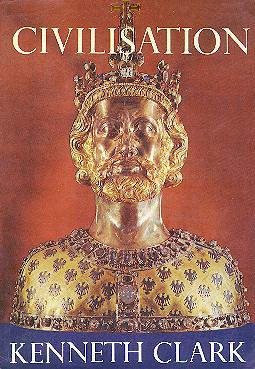 Although the syntax correction of my books will take time (I am about to finish Daybreak), only when I have completed the revision of all the books of our Daybreak Press, which includes one by Savitri Devi, will the formal presentation of the new paradigm be available in acceptable English. In the meantime, I must say that our reading of history is diametrically opposed to Kenneth Clark’s not only as far as Charlemagne is concerned (featured on the cover of his book), but in how Clark represented Christendom.
Although the syntax correction of my books will take time (I am about to finish Daybreak), only when I have completed the revision of all the books of our Daybreak Press, which includes one by Savitri Devi, will the formal presentation of the new paradigm be available in acceptable English. In the meantime, I must say that our reading of history is diametrically opposed to Kenneth Clark’s not only as far as Charlemagne is concerned (featured on the cover of his book), but in how Clark represented Christendom.